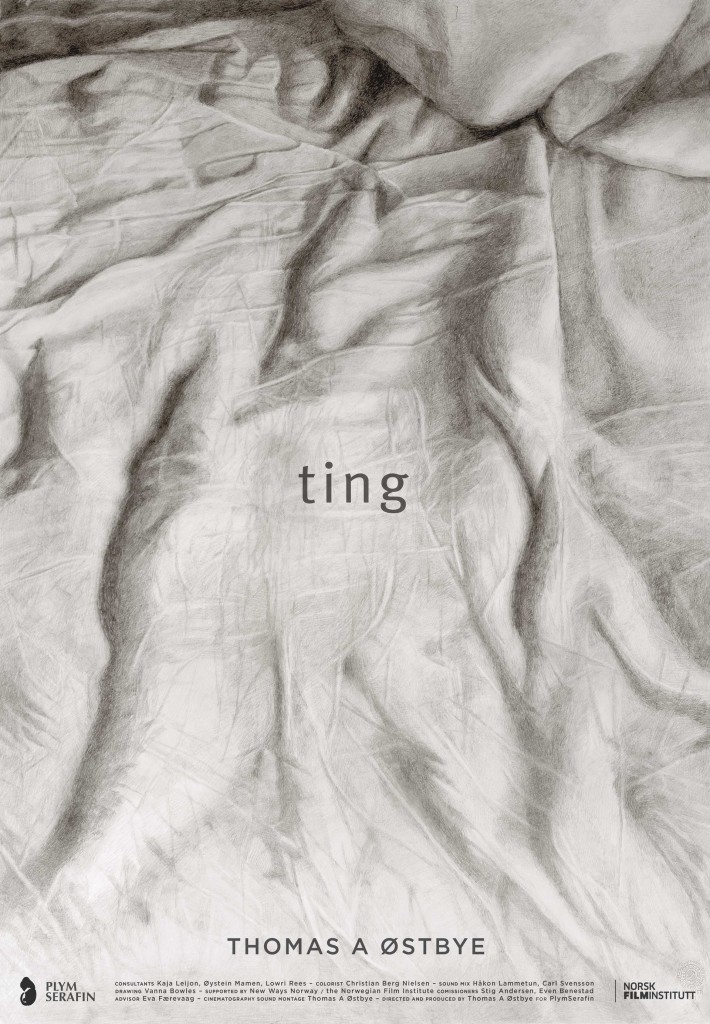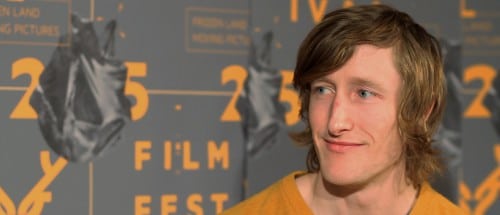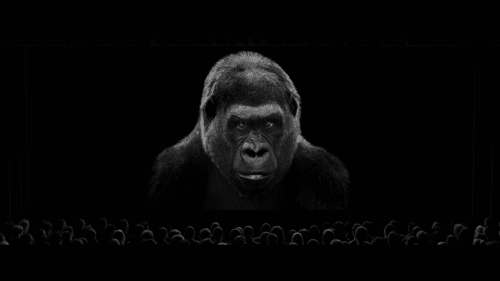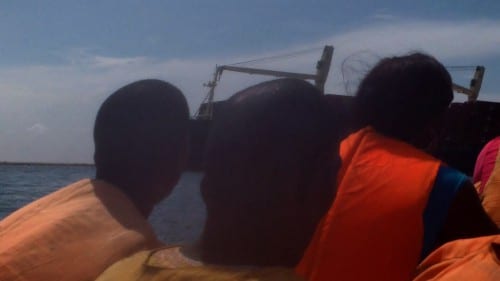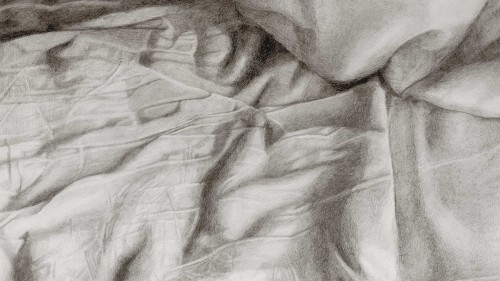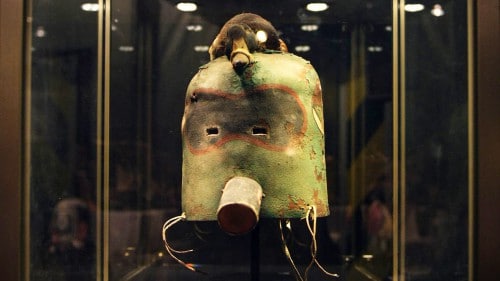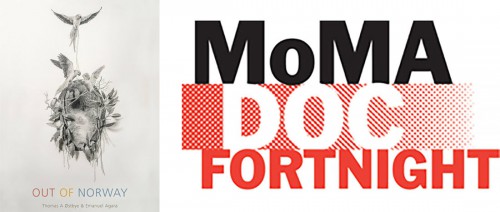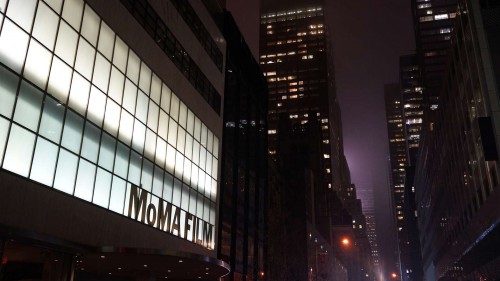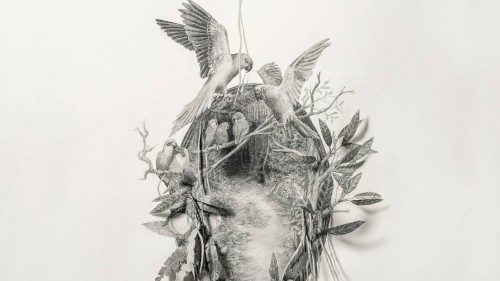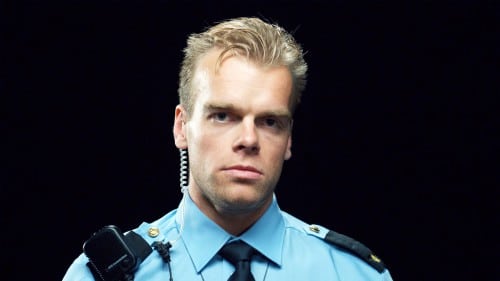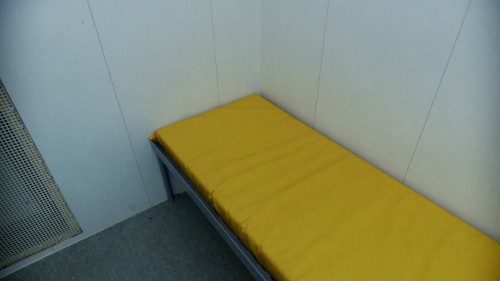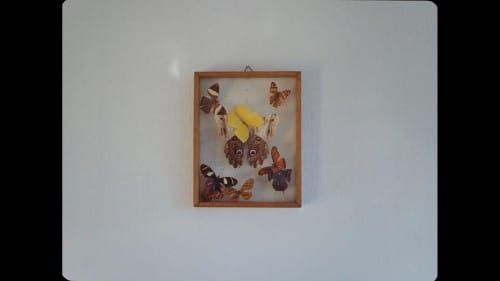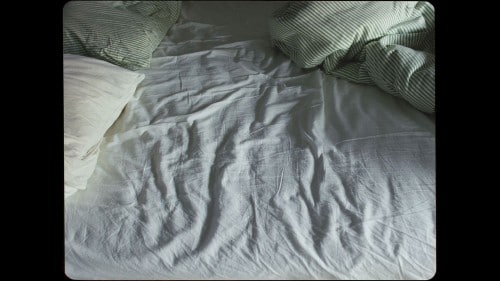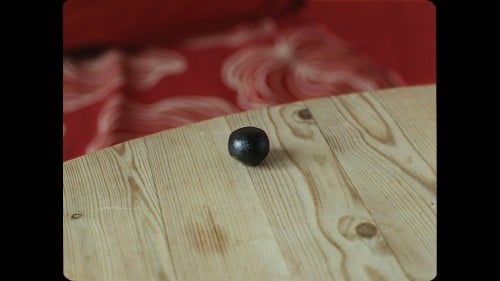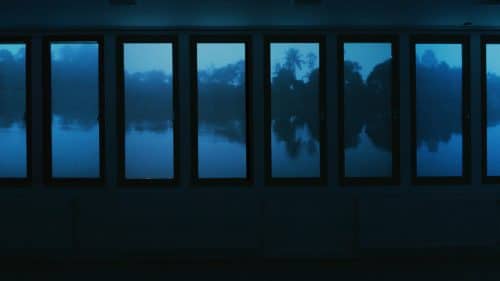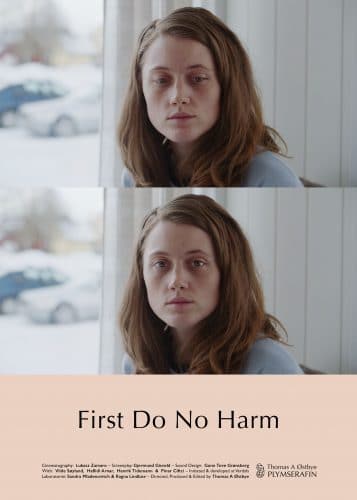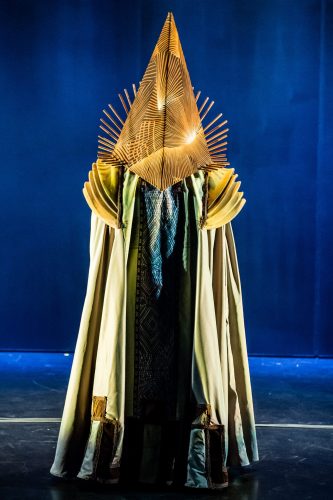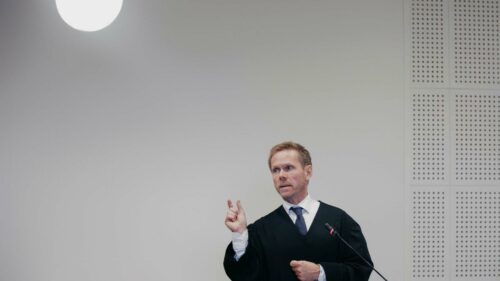Things is an attempt to approach the world without filling it up with preconceived ideas and purposes. An attempt to film things, without reducing them into mere means to build a story or statement. Things is on one hand a series of seemingly objective recordings without subject or superstructure, on the other hand it is Østbye’s most intimate and personal work, with no official theme or story to hide behind.
Excerpt from “Portraits of Thinking” – Andrea Slovakova / Tereza Hadravova:
…Heidegger opens his essay, The Thing, with a sigh over how cinematography robs the world of the concept of distance and closeness and it contributes to the fact that everything is “all blended into a dull lack of any distance.” In contrast to this statement, the film, Things, by Thomas A. Østbye shows how faithful cinema can be to the Heidegger projection. Østbye reveals the “thingness” of things in a range between closeness and distance even more convincingly and more literally (even without the use of words) than it ever could be done using Heidegger’s own somewhat strange and difficult, cumbersome method of poetic expression(…) Lightly vibrating, almost completely static shots of animate and inanimate things in the broadest sense of the word – cup, tree, baby, rain, sculpture and others –each take turns, that last a couple minutes, on the screen. The combination of almost perfect stillness with a slight shake of a hand-held camera, allows one to see things represented at a sort of paradoxical proximity. Speaking again using a citation from Heidegger, they emerge “from a gentle vortex of a mirror game played by the world.”From
Excerpt from Endre Eidsaa Larsen’s article on “Things” in Montages (norwegian only):
…Østbyes film påpeker, i sin nesegruse taktilitet, at film setter oss i kontakt med ting – det trenger ikke bare å være en visualisering av et manus eller storyboard – og han overlater filmens «uttrykk» til apparatets beskrivelse av tingenes selvstendige «pust». Ja, man ser ikke mer enn et glass på et bord, men man kan ta på dette glasset, se glassets bakside, kjenne varmen fra sollyset; man kan leve seg inn i rommet, nærme seg tingen som en faktisk manifestasjon, noe som eksisterende forut for menneskets fantasi, og ikke bare som et symbolsk tegn i en fortelling.
I en tid der mange filmskapere (kanskje fordi de er lært opp til det?) liker sin egen og konvensjonenes stemme så godt at de glemmer virkelighetens, er Ting en frisk film. Ting antyder at det finnes en «stum tale» (for å låne en beskrivelse fra Maurice Merleau-Ponty) som ligger forut for film, men som kan beskrives og inkorporeres i en films form.
